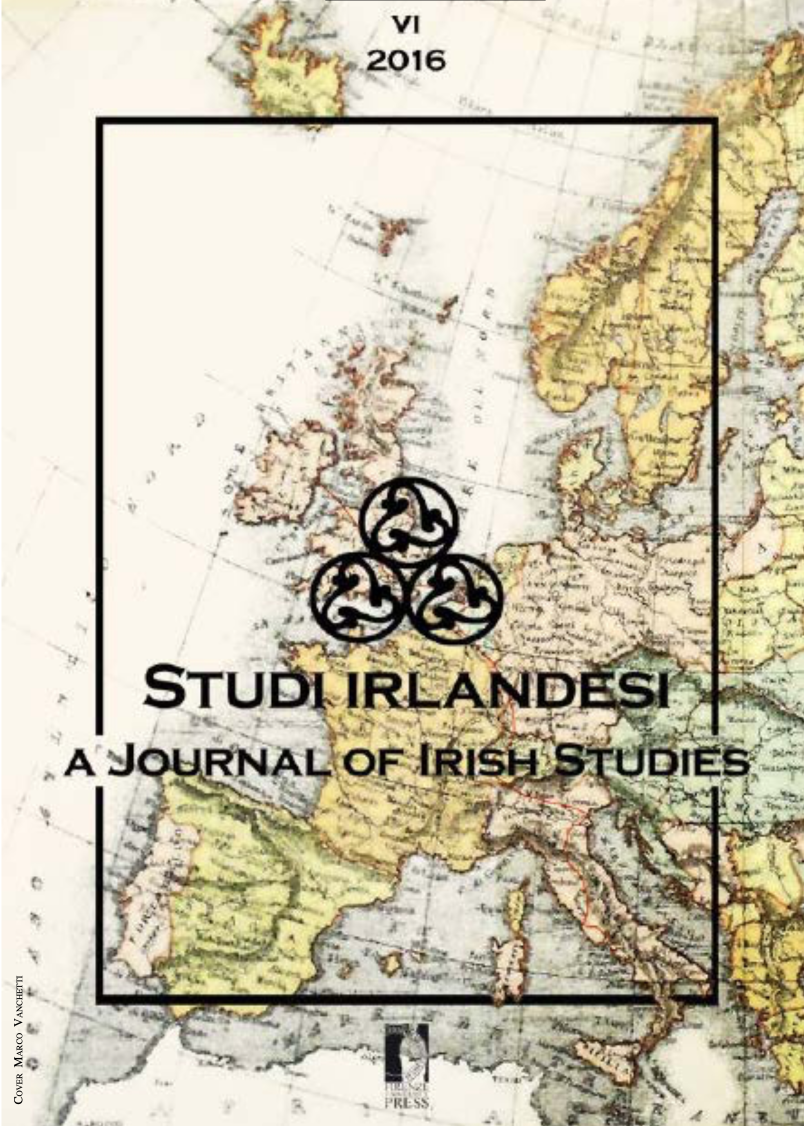Sezione monografica / Monographic Section
Published 2016-06-09
How to Cite
Turpin, J. (2016). John Hogan in Rome 1824-1849. Studi Irlandesi. A Journal of Irish Studies, 6(6), 65–86. https://doi.org/10.13128/SIJIS-2239-3978-18456
Abstract
John Hogan (1800-1858) was a sculptor who began his career by studyingthe collection of plaster casts of Vatican marbles in Cork. He moved to
Rome in 1824 where he was deeply influenced by the neoclassical sculpture
of Antonio Canova and Bertel Thorvaldsen. His period of greatest
activity was the 1830s and 1840s. Nearly all his work was for Irish patrons
and he returned regularly to Ireland for commissions. He carved
ideal and religious subjects, memorials, portrait busts and figure monuments.
His most important themes were drawn from Catholicism and
Irish nationalism. He was deeply committed to the papacy and to the constitutional Irish nationalism of Daniel O’Connell. He lived and worked
near the Corso in Rome and was well regarded by his peers. After the
Roman revolution he returned to Ireland in 1849 where he died in 1858.


